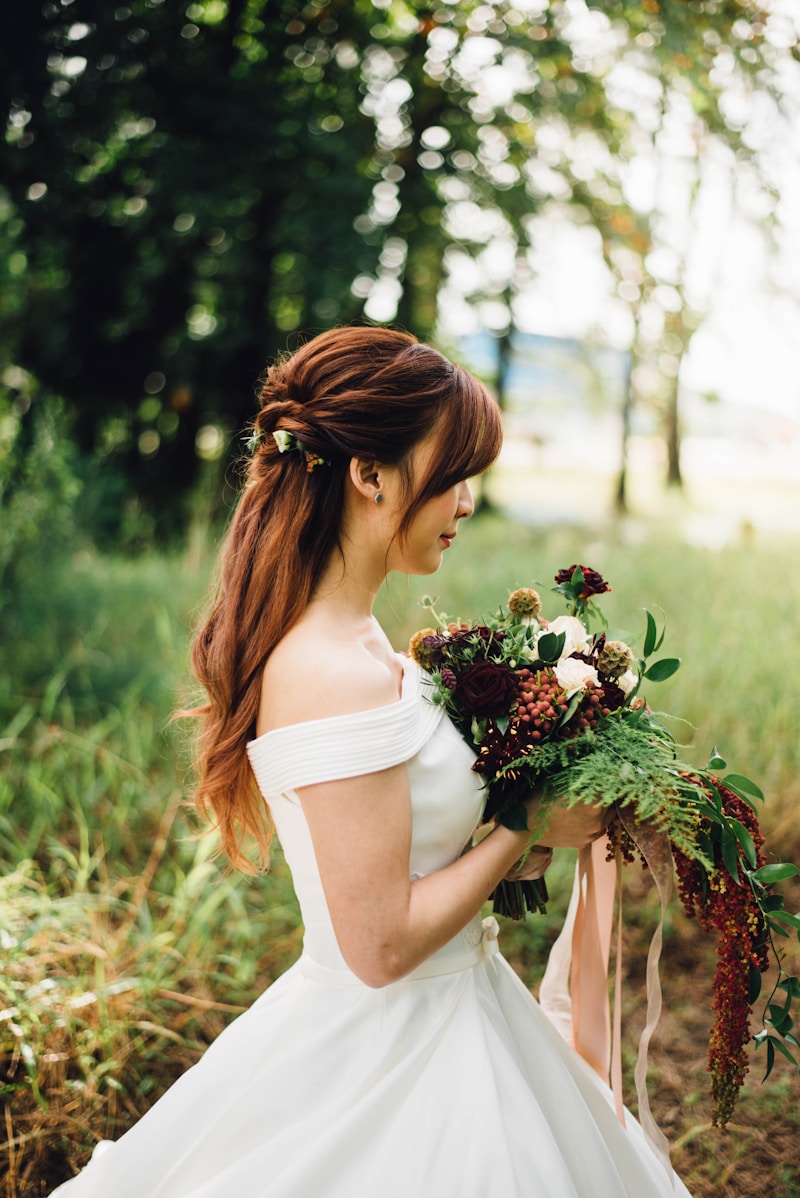Reflections of Cultural Heritage in Wedding Gowns: A Deeper Look
Reflections of Cultural Heritage in Wedding Gowns: A Deeper Look
Understanding the Significance of Cultural Heritage in Wedding Gowns
Wedding gowns have long been a canvas that reflects cultural heritage, tradition, and personal identity. Throughout history, dresses worn on one of life's most significant days have exhibited intricate details that tell stories of ancestry, beliefs, and customs. In this article, we will delve into the myriad ways cultural heritage influences wedding gowns today.
The Evolution of Wedding Gowns
Historically, wedding gowns have symbolized much more than just fashion. They serve as a reflection of cultural values, familial traditions, and the socio-economic status of the bride. Changes in design and fabric can often be traced back to cultural shifts and historical events. For instance, the wealthy elite in Europe during the Victorian era favored elaborate designs and luxurious materials, representing their social standing.

Bridal Wear Across Cultures
Different cultures boast unique wedding practices that are beautifully encapsulated in their bridal gowns. Let's take a look at some notable examples:
| Culture | Style of Wedding Gown | Significance |
| Western (European) | White gown with lace | Symbolizes purity and innocence, popularized by Queen Victoria in the 19th century. |
| Indian | Lehenga or Sari | Bright colors and intricate embroidery signify prosperity and marital bliss. |
| Chinese | Cheongsam or Qipao | Red designs often symbolize good fortune, with silk representing wealth. |
| Scottish | Kilt and Gown | Utilizes tartan patterns to represent family heritage. |
Symbolism Behind Colors and Fabrics
The colors and fabrics chosen for wedding gowns are not merely aesthetic choices; they symbolize deeper meanings associated with joy, purity, or prosperity. For example, in many Western cultures, the white wedding dress represents purity, while in some Eastern cultures, red is favored for its association with happiness and good fortune.
Western Weddings
In Western wedding traditions, the bride traditionally dons a white gown, which became fashionable after Queen Victoria married Prince Albert in 1840. This choice symbolizes elegance, innocence, and new beginnings. However, many brides today are opting for colored gowns, breaking free from tradition to express individuality.
Asian Weddings
In countries like India and China, wedding gowns bear significant cultural meanings. Indian brides often wear richly colored lehengas adorned with intricate embroidery, symbolizing happiness and prosperity. Similarly, Chinese brides frequently wear red qipaos, representing good fortune and happiness as they embark on their marital journey.
The Impact of Modern Fashion Trends
Today's bridal fashions borrow heavily from diverse cultures, reflecting a more globalized society. Designers are increasingly incorporating cultural elements into their collections, merging traditional motifs with contemporary styles. This fusion enables brides to celebrate their heritage while embracing modern aesthetics.
For instance, the use of traditional lace patterns in modern wedding gowns signifies the blending of old and new, while the incorporation of cultural symbols like embroidery or beading can provide a personal touch to the attire.
Technology and Cultural Heritage
With the rise of digital platforms, brides now have easier access to designs and styles from around the world. This access enables them to choose gowns that reflect both their cultural background and personal style. Online platforms offer custom gown options where brides can choose fabrics, details, and even add cultural symbols to their dress.
Challenges in Representing Cultural Heritage
While modern fashion has opened new avenues for self-expression, it also presents challenges. Appropriation versus appreciation is a critical debate in the fashion industry, especially when designers draw from cultures without proper representation or respect. It is essential for designers and consumers alike to approach cultural elements thoughtfully and respectfully to avoid commodifying cultural symbols.
Conclusion: The Journey of Cultural Heritage in Wedding Gowns
Wedding gowns serve as a rich tapestry woven with threads of cultural heritage, personal significance, and emergent trends. Whether through tradition or modern interpretation, each gown tells a story, reflecting the bride's heritage and her unique identity.
As consumers and designers navigate the complexities of cultural representation in fashion, it is crucial to maintain respect and understanding for these traditions. For brides looking to honor their heritage, opting for a gown that incorporates cultural symbols or styles not only pays homage to family customs but also helps preserve the beauty of cultural diversity in wedding attire.
In conclusion, while choosing a wedding gown, consider the colors, fabrics, and styles that resonate with your cultural background. Embrace the opportunity to celebrate your heritage, ensuring that your gown is not just a piece of fabric, but a meaningful reflection of your journey and identity.
Before making a decision, be sure to research and explore options within your cultural context, as well as seek out designers who respect and honor those traditions. Happy gown hunting!
